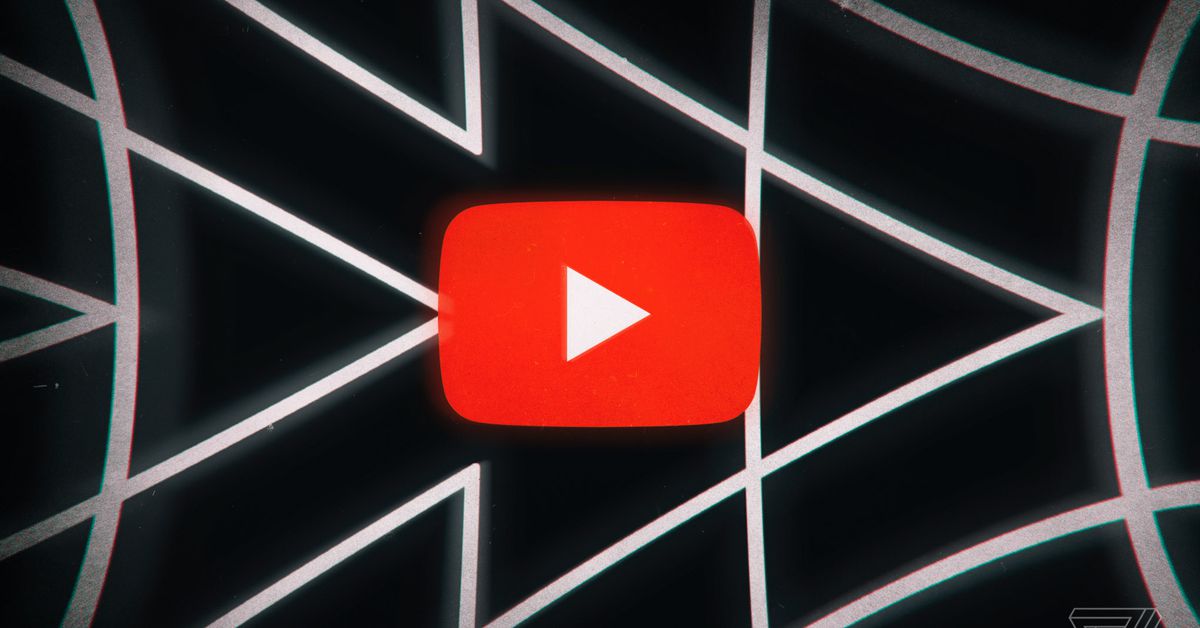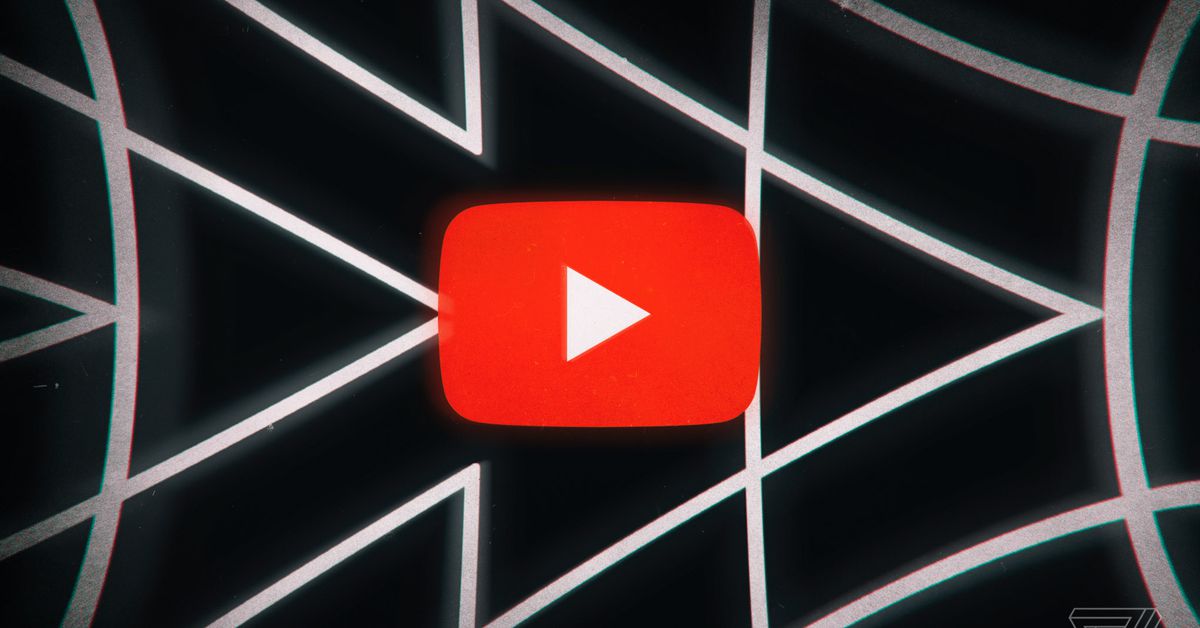
Many big YouTube creators have expressed frustration with an increase in comment spam on their channels in recent weeks, including Linus Tech Tips, Jacksepticeye, and MKBHD. The problem has been particularly acute for these high-profile creators, who often see more malicious commenters impersonate them in an attempt to scam their viewers.
“YouTube has a problem. Spam,” Linus Sebastian said to start a February 1st video on his Linus Tech Tips channel. “From crypto scams to health supplements to free Robux, it just keeps getting worse with each passing day.”
“YouTube comments spam has been next-level out of control for months,” reads the description for Marques “MKBHD” Brownlee’s April 1st video titled “YouTube Needs to Fix This.”
[embedded content]
YouTube comment spam can take many forms. Major creators are often concerned about spam that impersonates them, promises viewers something good for messaging them, and then directs individuals off YouTube in some way to eventually scam them.
Other spam comments can be less overtly malicious but still annoying or potentially harmful. In a March 6th video, Seán “Jacksepticeye” McLoughlin discusses how his channel will get copy-pastes of genuine-looking comments, but they’ll be shared by users with names like “T[A]P Me!! To Have [S]EX With Me”. (If you see a profile with that name, do not click or tap on it.)
[embedded content]
YouTube does have many tools to combat spammy comments, and it removes a huge amount of them automatically. Using machine learning and human review, the company removed “over 950 million comments for violating our policies around spam, misleading and scams” in Q4 2021 alone, YouTube spokesperson Ivy Choi said in a statement to The Verge. “The vast majority” of those removals were first detected by automated flagging systems,” Choi said.
But those systems clearly haven’t been enough, and YouTube seems to know it. Brownlee posted Friday about a new experimental moderation feature that will “increase strictness” of potentially inappropriate comments that get automatically held for review. YouTube began testing the enhanced feature in December 2021, spokesperson Mariana De Felice said, and she noted that the company first rolled out the feature to hold potentially inappropriate comments for review in 2016.
This “Increase strictness” content moderation tool is a new experiment from YouTube that’s been in the works for a bit. Hoping it can make a dent in this comment spam we’ve been seeing so much lately pic.twitter.com/KVkjVCOUKZ
— Marques Brownlee (@MKBHD) April 8, 2022
It sounds as if YouTube is watching the issue closely. “Given the evolving nature and shifting tactics of spammy content, we’ll continue to adapt our systems to stay current,” Choi said. And creators can also take comment spam into their own hands — both Sebastian and Brownlee mentioned the “YouTube Spammer Purge” tool made by YouTuber ThioJoe, which “allows you to filter and search for spammer comments on your channel and other’s channel(s) in many different ways AND delete/report them all at once,” according to the GitHub description.
But for YouTube creators who are fielding many spammy comments right now, it’s not clear if there may be a reprieve anytime soon.
Update April 8th, 5:09PM ET: Added additional context from YouTube on the “increase strictness” feature.
